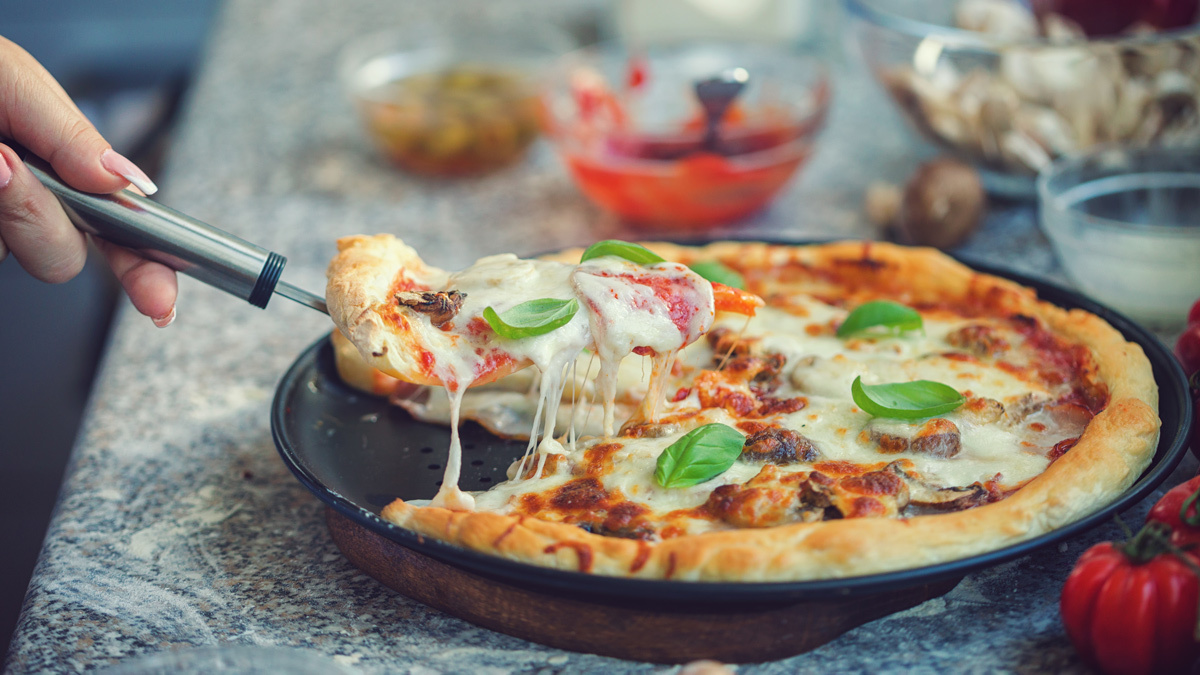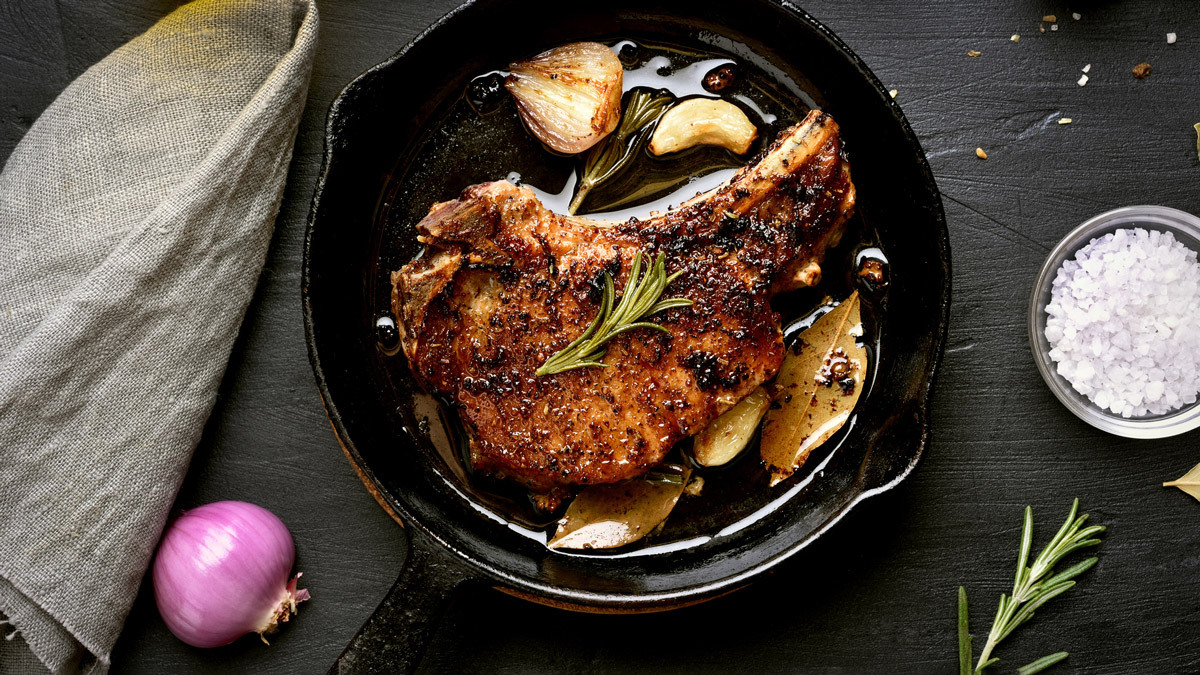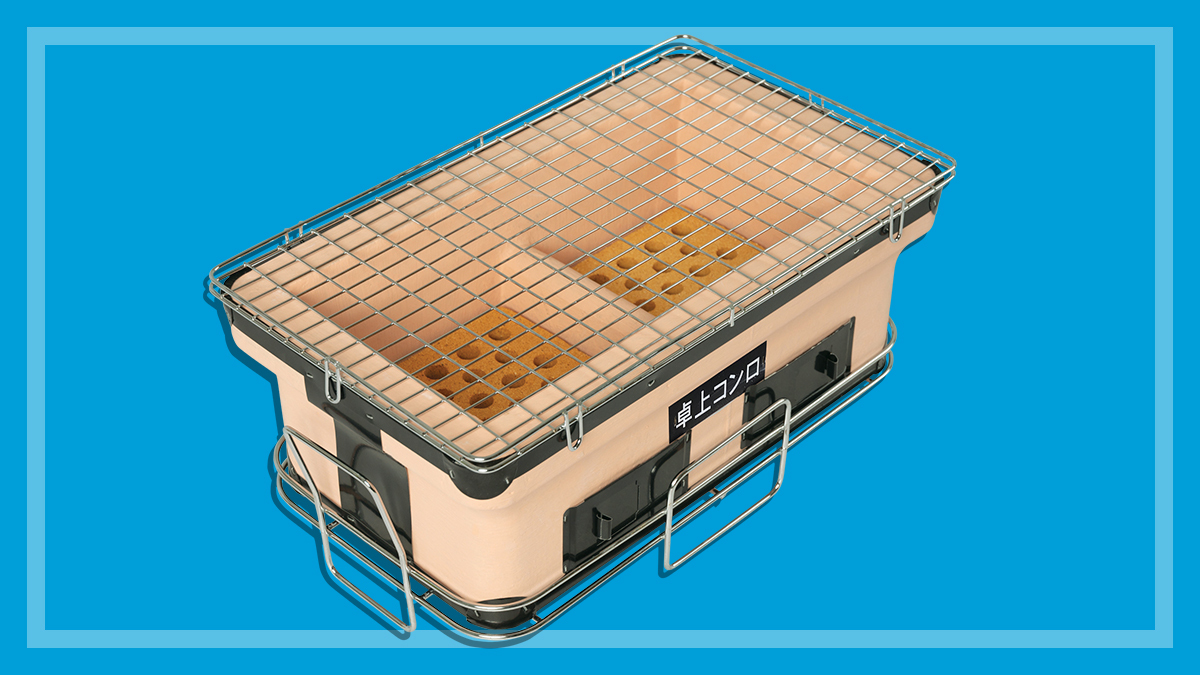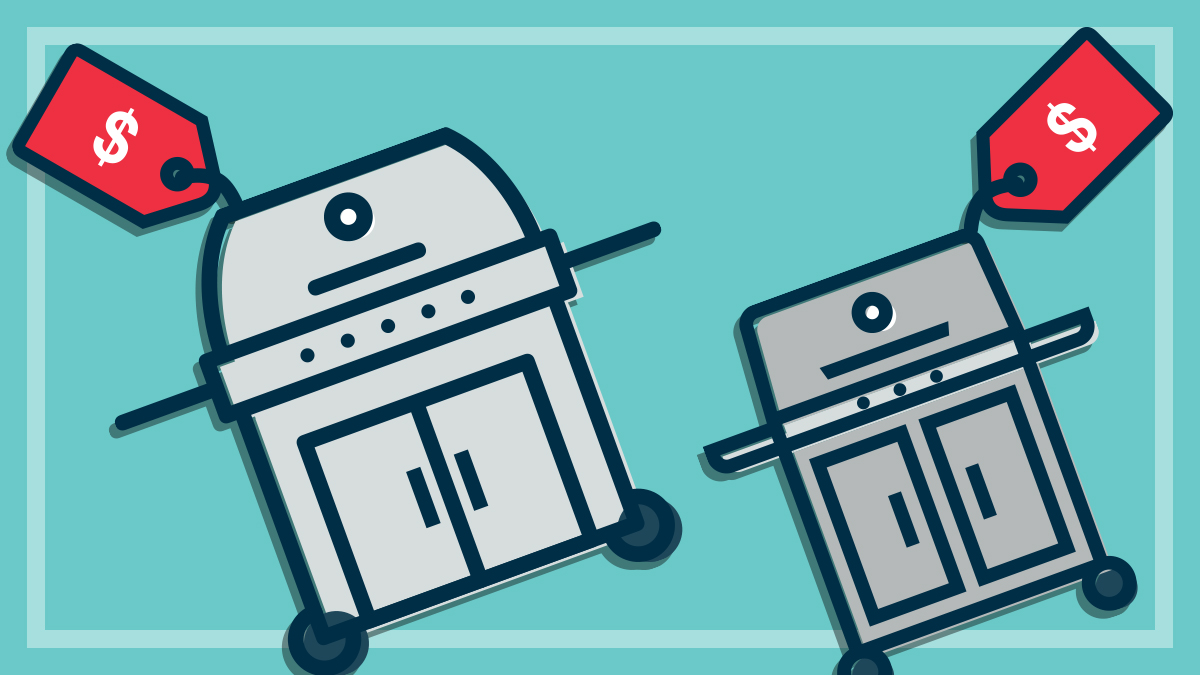Get our independent lab tests, expert reviews and honest advice.
Should you buy a pizza oven?
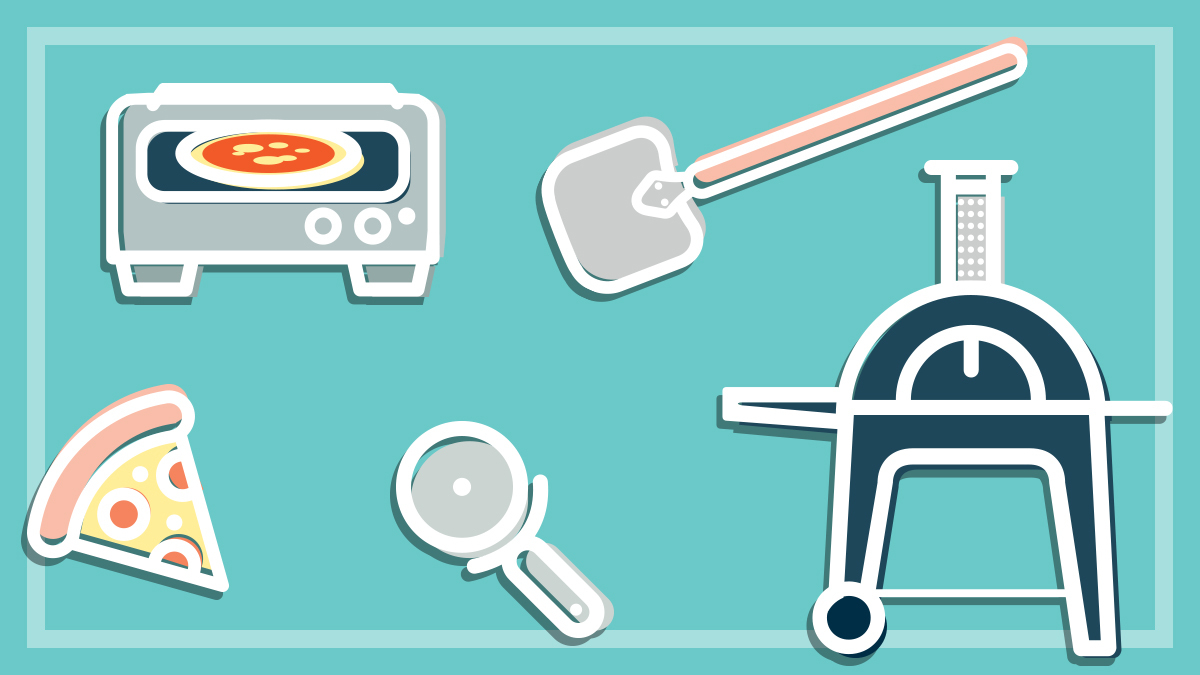
Need to know
- Pizza ovens are a great way to help you turn out perfect pizzas – fast. They are great for an outdoor kitchen or backyard, and are ideal for entertaining
- Some models can take a bit of time to learn how to use and get the best results
- Our experts review different types of popular pizza oven. We make our own dough to cook fresh pizzas, with both thin and thick crust, to assess each oven's performance
As far as appliance purchases go, a pizza oven rates fairly high on the romance scale.
It’s easy to imagine yourself in the backyard, pizza peel in hand, with the sun streaming through the woodfired smoke as you belt out ‘That’s Amore’.
Excuse us interrupting your pizzaiolo dreaming for a moment, but have you thought about whether it’s really worth buying a pizza oven?
CHOICE experts have tested a range of popular pizza ovens to uncover which ones offer the best results for your dough. These are the pros and cons they say you should consider before you buy.
Which type of pizza oven should you buy?
Before we get to the upsides and downsides of pizza oven ownership, let’s look at the types of domestic pizza oven on the market.
They range from electric and gas to wood- or charcoal-fired, and include models that sit atop your kitchen bench all the way to brick domes.
No matter which you choose, CHOICE kitchen expert Fiona Mair says there’s one feature you can’t compromise on: temperature.
“To get a perfectly cooked, slightly charred, crisp and browned pizza base, you need intense heat of at least 400°C,” she says. So if your pizza oven doesn’t make the grade, you may as well stick to your oven.
We’ve covered the different types of pizza oven and lots of buying advice in our pizza oven buying guide, but here’s a quick breakdown.
Electric benchtop
These models can be plonked straight on your kitchen bench for a Friday night pizza party, but can usually only do one pizza at a time. They can cost anything from around $200 to more than $1000.
Gas (natural and LPG)
Gas-powered pizza ovens have an inbuilt pizza stone and sit on a trolley or bench. While they can only fit one pizza at a time, they can also accommodate other foods. They’re easy enough to set up and light, but can take up to 40 minutes to reach the required temperature.
For natural gas pizza ovens, you’ll need to have them plumbed in by a qualified professional; LPG models just need to be connected to a gas cylinder, just like a gas BBQ.
Wood or charcoal
These are the real deal, but they call for patience. They can take work to light and reach the right temperature. Once they get there, though, they can maintain the heat for hours and, depending on their size, can often cook more than just dough.
What are the pros and cons of pizza ovens?
Con: Skills required
In Naples, Italy, being a pizzaiolo (pizza chef) can be a prestigious profession that takes years to master, so don’t beat yourself up if you don’t nail it on your first attempt.
“Making pizza perfectly requires some trial and error,” says Fiona. “Don’t expect to produce restaurant-quality woodfired pizza the first time you use your pizza oven. And definitely allow enough time to practise using it before you invite everyone over for a pizza party.”
Pro: They’re fun
If you’re a true entertainer or enthusiastic home cook, a pizza oven can be a great appliance in your culinary arsenal. If you have an outdoor kitchen or space in your backyard to install a brick woodfired oven, then no doubt your house will be the preferred location for many a gathering.
It’s an appliance for all seasons, equally perfect for summer evenings and winter nights, when its warmth is as inviting as the aromas it produces. Everyone will enjoy getting involved in making and cooking the pizzas – it virtually does double-time as an entertainer.
Con: Ongoing costs
Regardless whether you buy a gas, electric or woodfired pizza oven, you’ll be up for extra costs.
Some woodfired ovens we tested ran up costs of $400 per year, based on being used once a week. This price included buying wood, kindling and natural fire starters from a hardware store, but if you have access to wood and kindling, you’ll save yourself plenty of money.
Don’t expect to produce restaurant-quality woodfired pizza the first time you use your pizza oven
Fiona Mair, CHOICE kitchen expert
On the flipside, the LPG models we tested run up lower costs – up to $130 a year – while electric ovens were by far the thriftiest at a maximum of $13. Even considering a $400 a year running cost, if you’re buying store-bought pizza once a week at $50 for two, you’ll probably still come out on top, even when you factor in the cost of ingredients.
But on top of running costs, you’ll probably also need to buy accessories, as the things you need (a long peel, broom, pizza stone or long tongs, for example), aren’t always included with every model.
Con: Safety issues
A pizza oven needs to be very, very hot for that crisp perfection to manifest in all its bubbly glory.
But all that heat can present a safety issue, particularly if children are present. Exterior surfaces can really heat up on electric and gas models, as they generally don’t have the same insulation as a brick oven.
“A few of the cheaper models we tested were quite flimsy and became dangerously hot, meaning they are quite serious safety hazards,” warns Fiona. So make sure to check out our pizza oven reviews before you commit to your purchase – we’ve listed any safety issues we encountered during our testing.
Should you buy a pizza oven?
Pros
Fun to use
Great for entertaining
Not just for pizza
Fast once heated
Cons
Skills required
Ongoing costs
Safety hazards
You could use your oven
Pro: Not just for pizza
Apart from those ovens that are designed solely for pizza, and only one pizza at a time at that, some larger models can cook a variety of foods.
Other types of breads, such as focaccia, roast meats, and even sweet pies and tarts can benefit from contact with stone and high heat.
Con: You already have an oven…
How serious you are about pizza will probably inform your decision-making in regard to what you’re prepared to spend.
But remember that many ovens these days have a pizza mode (fan-forced and base element or top, and bottom element and fan).
Even so, domestic ovens rarely reach temperatures higher than 250°C. If you’re OK with reasonably good pizza, your oven, paired with a pizza stone, might suit you just fine.
There is something about that smoky, charred dough that a home oven will never quite recreate. But then neither will some pizza ovens
Still, there is something about that smoky, charred dough that a home oven will never quite recreate. But then neither will some pizza ovens.
“Not all pizza ovens will give you that authentic woodfired flavour and look – they will produce similar results as cooking a pizza in an oven,” says Fiona.
So it’s worth trialling homemade pizza in your existing oven before handing over your cash for a second appliance that may not deliver results that are much different.
Pro: They’re fast, once heated
“Being able to produce authentic pizza in minutes with the right pizza oven is the biggest pro,” says Fiona.
Once your pizza oven is heated, you can enjoy a slice of pizza in as little as two minutes.
But it’s not a set-and-forget appliance – your presence is required to watch the dough bubble away, so you can whisk it out just before the char takes over. But then that’s part of the fun, isn’t it?

